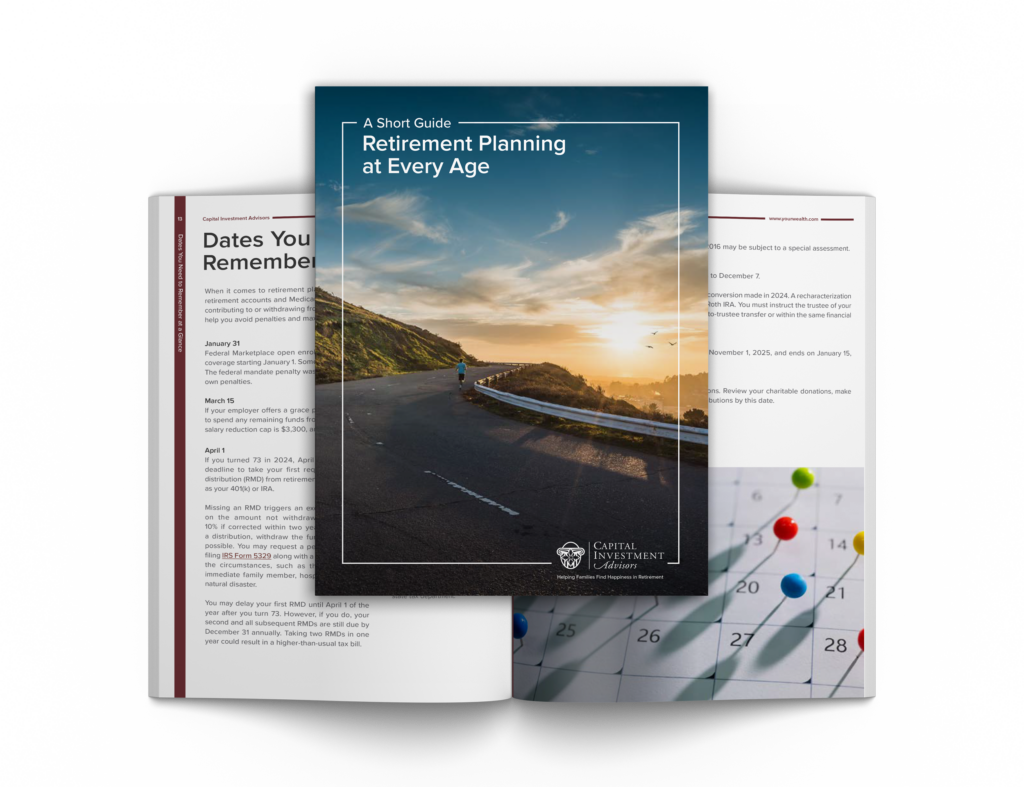President Obama recently unveiled a new retirement savings vehicle called the myRA. This new program joins three other tax-advantaged ways to save: the Individual Retirement Account or IRA; the Roth IRA, and the employee-sponsored 401(k). While all four programs are designed to help you save for retirement, there are differences. Is the myRA right for you? Let’s take a look.
The traditional IRA offers initial tax benefits on your contributions. The Roth IRA has an income limit and offers you a tax break after you withdraw the money. The 401(k) is a program that allows employers to match whatever you put in the account.
The new myRA is designed it to be a starter account for “low to middle income Americans” who are not offered an employee-sponsored 401(k). Roughly half of all workers and 75 percent of part-time workers do not have access to a 401(k). It will be available to married couples with incomes under $191,000 and individuals who earn less than $129,000. If you already have a 401(k), you can still open a myRA .
The myRA is most similar to the current Roth IRA in that you pay taxes before you contribute to the account and the money will be tax-free when you withdraw it. The myRA differs from other retirement accounts in that there is only one investment option in the form of a Treasury bond. Treasury bonds are “guaranteed” by the government not to fall below your principal value. But government savings bonds tend to have very low yields, so your nest egg will not grow with any urgency. According to the White House, myRAs should earn the same interest rate as the federal employees’ Thrift Savings Plan Government Securities Investment Fund, which earned 1.5 percent in 2012 and 1.74 percent last year. The myRA will be offered free of any administrative fees.
Bottom line: It’s a low-risk-low-reward opportunity.
You can withdraw your money at any time from your myRA without incurring a tax penalty. A myRA can be opened with as little as $25 and you can contribute as little as $5 per month through automatic payroll deductions to a maximum of $15,000. When you max out the myRA, you need to open a traditional IRA or Roth IRA . The myRAwill initially be offered through a pilot program to workers whose employers sign up between now and December 31.
So should you open a myRA? Eh.
There are already plenty of ways to invest in government’s debt through series EE bonds and I bonds. And $15,000 hardly qualifies as any kind of retirement fund. So, I’m not sure what’s “new” about the myRA. It strikes me as more of a PR and marketing campaign for retirement savings.
Americans have had a savings deficit for many years. The personal savings rate in the U.S. was 3.9 percent in December of 2013, down from 4.3 percent in November of 2013. From 1959 to 2013, the personal savings rate averaged 6.8 percent, reaching an all time high of 14.6 percent in May of 1975 and a record low of 0.8 percent in April of 2005.
If the myRA makes retirement savings more appealing and accessible to Americans, then I’m on board with it.









